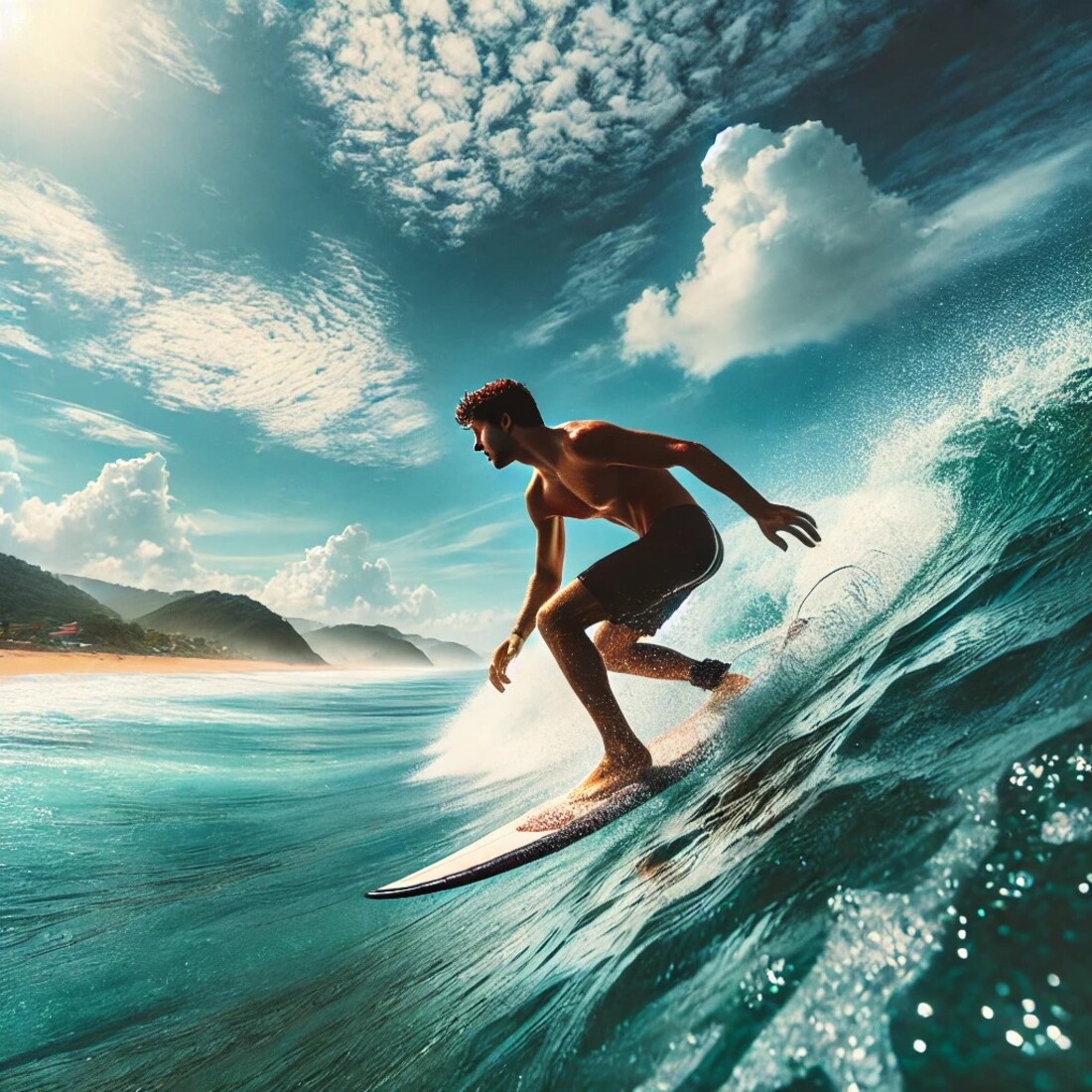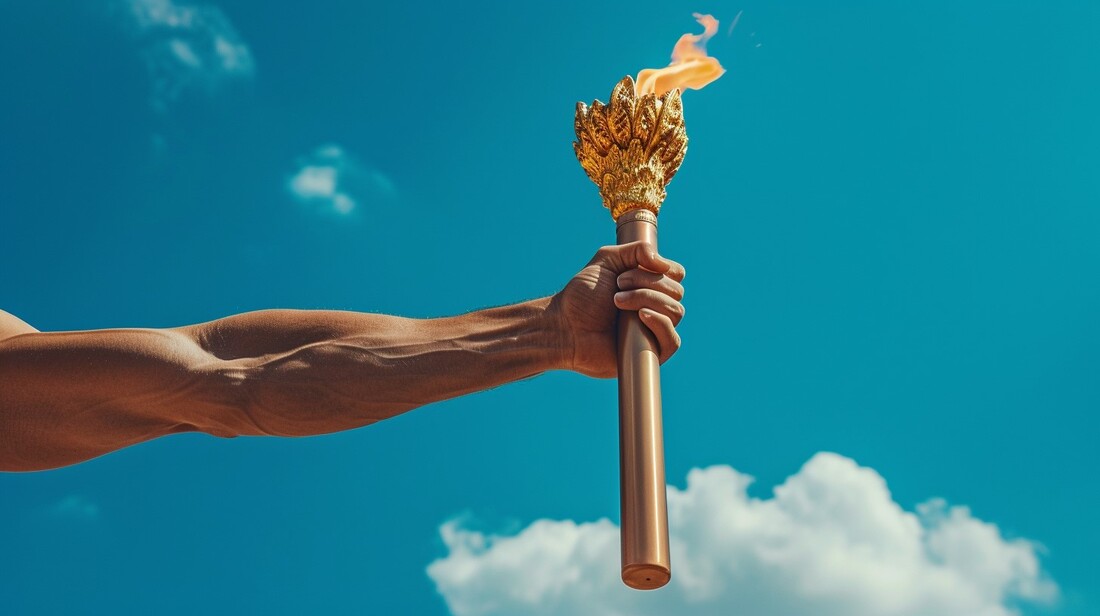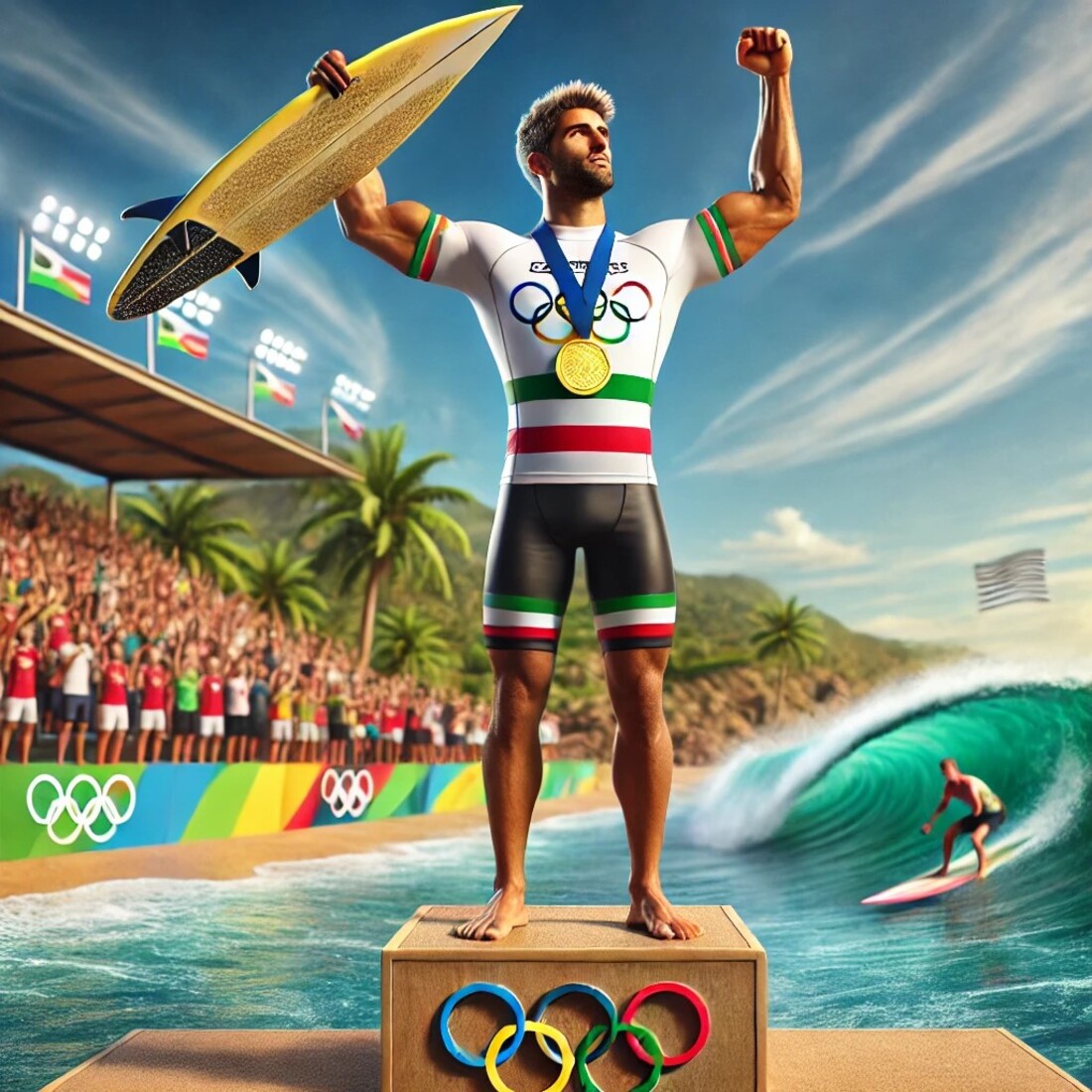Surfing, once a soulful expression of harmony with the ocean, has ridden its way onto the world’s biggest stage—the Olympics. But how did this exhilarating sport, rooted in coastal culture and freedom, transform into a globally recognized competition? The answer lies in its blend of breathtaking athleticism, rich history, and a growing global community that demanded its inclusion. Surfing’s Olympic debut represents not just a sport but a cultural wave reshaping how we view competition, diversity, and the power of connection through sport.

What is the sport of surfing?
Surfing is the art of riding ocean waves on a board, blending balance, skill, and sheer love for the sea into a thrilling experience. It’s like dancing with nature, where the ocean sets the rhythm, and surfers glide along its ever-changing canvas. Surfing has grown into a global phenomenon, connecting cultures through its laid-back vibe and adrenaline-pumping moments. It’s a sport, a lifestyle, and a community, where catching the perfect wave feels like winning life’s lottery, and every ride tells a story of harmony between human and ocean.
History of surfing
Surfing’s history is like a wave that’s traveled through time, starting over a thousand years ago in Polynesia, where it was more than just a sport—it was a way of life. Ancient Hawaiians turned it into an art form, calling it “heʻe nalu,” meaning wave sliding, and it wasn’t just for fun; it held spiritual and cultural significance. When European explorers arrived, they marveled at the fearless surfers riding waves with unmatched grace. Fast forward to the 20th century, and surfing exploded beyond Hawaii, riding a cultural wave to California, Australia, and beyond, fueled by Hollywood movies and surf rock. Today, it’s a global phenomenon, blending ancient tradition with modern athleticism, proving that the call of the ocean is timeless.
Inventory and equipment in surfing

Surfing gear is like a surfer’s toolkit, designed to handle the waves and keep the vibe chill. The star of the show is the surfboard, coming in all shapes and sizes—shortboards for sharp turns, longboards for cruising, and even foam boards for beginners finding their sea legs. Wetsuits are the unsung heroes, keeping surfers warm in chilly waters, while board shorts and rash guards dominate in warmer spots, offering comfort and style. Wax is essential for grip, keeping feet from slipping off the board like a banana peel. Leashes keep the board tethered, so it doesn’t take off without you, and fins underneath give it stability, like the rudder on a boat. From sunscreen to protect against the sun’s glare to waterproof bags for stashing essentials, every piece of gear plays its part in turning a surf session into pure magic.
Surfing at the Olympics
Surfing made its Olympic debut at the 2020 Tokyo Games, held in 2021, bringing the thrill of riding waves to the biggest sporting stage. Held at Tsurigasaki Beach, the event showcased top surfers battling it out in nature’s unpredictable arena, a refreshing twist from traditional indoor sports. The inclusion answered the buzz around why did surfing become an Olympic sport, highlighting its global appeal, cultural depth, and raw athleticism. After Tokyo, surfing returned for the 2024 Paris Games, set to be held in the stunning waves of Tahiti, proving that this sport is here to stay. The Olympics now celebrate surfing’s spirit of freedom, skill, and connection to the ocean, making it a perfect fit for the modern Games.
Surfing Federations
Surfing federations are the backbone of the sport, keeping everything organized and running smoothly from local competitions to the Olympic stage. The International Surfing Association (ISA) is the big kahuna, officially recognized by the International Olympic Committee, and plays a huge role in why did surfing become an Olympic sport. It sets the rules, hosts world championships, and works to grow the sport globally. National federations, like USA Surfing or Surfing Australia, handle things on their home turf, scouting talent and building pathways for athletes to shine. These organizations are like the surfers’ crew, ensuring the waves keep rolling and the stoke stays alive for pros and newcomers alike.
What criteria were used to include surfing in the Olympics
The criteria to include surfing in the Olympics focused on its global appeal, cultural significance, and ability to captivate audiences. Surfing checked all the boxes, with millions of fans worldwide and a rich heritage rooted in Polynesian traditions. Its inclusion answered why did surfing become an Olympic sport by showcasing its unique mix of athleticism and connection to nature. The International Olympic Committee looked for youth engagement, diversity, and potential to bring fresh energy to the Games, and surfing delivered. Its adaptability to different environments and the thrill it brings to spectators sealed the deal, making it a perfect fit for the global stage.
Olympic Surfing Rules

The rules of surfing at the Olympic Games are designed to ensure fairness and showcase the best of the sport. Competitors participate in heats, usually lasting 20 to 35 minutes, where they aim to ride as many waves as possible. However, only their two highest-scoring rides count toward their total score. The event location and conditions influence the strategies, making adaptability essential. These structured rules highlight the athletic and technical brilliance of surfing, capturing exactly why did surfing become an Olympic sport.
Olympic Surfing Judging
Olympic surfing judging is all about capturing the magic of riding waves while sticking to strict criteria. Judges score surfers on a scale from 1 to 10, focusing on speed, power, and flow, along with the difficulty and creativity of their maneuvers. Only the top two scoring waves from each surfer count, so picking the right wave is as crucial as nailing the perfect move. Interference penalties keep things fair, making sure no one steals someone else’s shot at glory. This system highlights the skill, strategy, and artistry that explain why did surfing become an Olympic sport.
Famous surfers at the Paris Olympics

At the Paris 2024 Olympics, surfing took center stage in Tahiti’s legendary Teahupo’o waves. Local hero Kauli Vaast clinched gold for France in the men’s shortboard event, igniting pride across French Polynesia. On the women’s side, American Caroline Marks showcased her exceptional talent, securing the gold medal and adding to her impressive accolades. These victories not only highlight the athletes’ dedication but also underscore why surfing became an Olympic sport, bringing its unique blend of skill and cultural richness to the global stage.
Surfing’s journey to the Olympics is more than just a tale of athletic achievement; it’s a symbol of a sport breaking barriers and embracing the world. By carving its niche among traditional competitions, surfing has brought the spirit of the waves to a global audience, inspiring future generations of surfers to dream big. Its inclusion in the Olympic Games is a testament to its universal appeal, showcasing that even the most soulful pastimes can ride the crest of international recognition.
